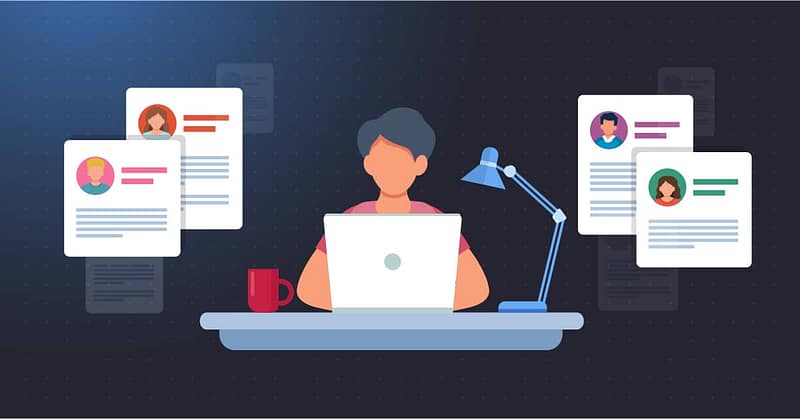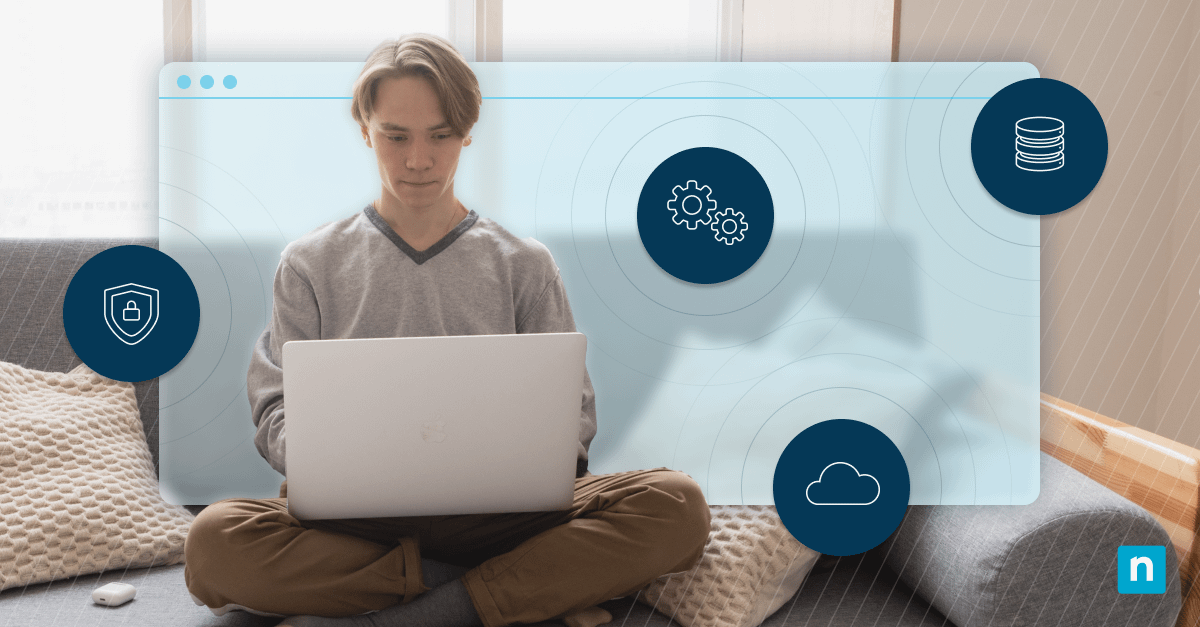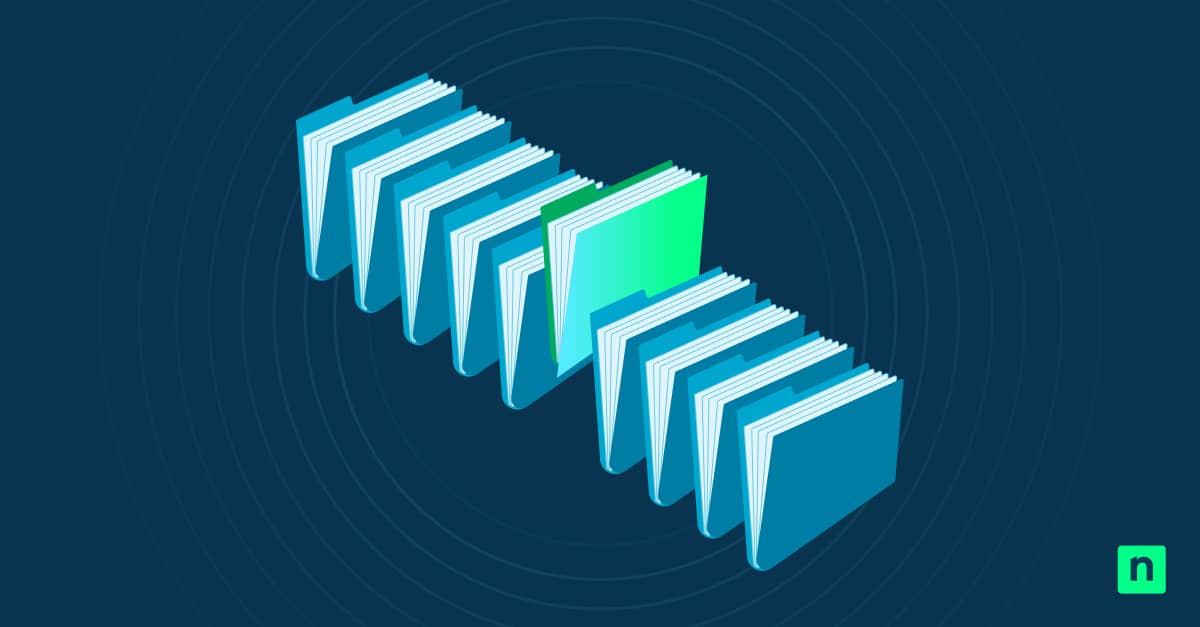Over the past year, the job market has experienced a great amount of fluctuation, with more people joining and leaving companies than in years prior. There are a few reasons why you may be seeing a constant flow of new employees and have been on more goodbye happy hours than usual:
- More jobs are available in the market, leading employees to look for better opportunities
- Wages have increased by 5.1% over the course of 2022, also leading employees to opportunities to make more money
- More companies have experienced layoffs, decreasing organizational workforces but also increasing the number of job seekers
Why an onboarding and offboarding process is critical to IT
Thanks to these huge fluctuations in the job market, there is more pressure placed on IT teams to support constant onboarding and offboarding calls. If your team doesn’t have a proper plan in place, you may end up wasting precious time, money, and resources that could be used on bigger projects. Here are a few reasons why creating a cohesive process is so important:
Onboarding
- Makes the process smoother for new employees
The onboarding process is an important time for new employees. This will be the first touchpoint during their time at your organization, so it’s important to make these initial moments seamless. This allows your team to build up great relationships with end users, leading to healthier interactions down the line. - Saves time
By creating a standardized process, your team will spend less time asking questions and playing games of telephone between departments. With a checklist, automated actions, and templates, your team will be able to spend more time on the things that matter. - Helps prevent future one-off requests
Equipping new employees with the right resources and access at the start will save your team a heap of headaches down the line. - Helps teams keep track of inventory
With a comprehensive onboarding checklist, it’s much easier to know which users receive certain devices, have access to a particular software license, etc. (Spoiler: this also makes the offboarding process simpler by knowing which devices and licenses were assigned to each user, helping with asset recovery.) - Opportunities to educate end users on security protocol
With a proper onboarding process, you have the chance to educate new employees on important security protocols. You can require users to go through detailed security training, provide them with helpful resources, and more during this initial communication.
Offboarding
- Minimize security risks when people leave an organization
As people leave an organization, they’ll have access to important organizational data and platforms that will need to be revoked upon their departure. If employees have access after they’ve departed the company, it leaves your network open to potential attacks or data breaches. - Save money by recovering unused licenses
When onboarding a user, or during their time at the organization, they’ll be given access to a number of different programs. Most of these will require licenses to operate. It’s important to reallocate these licenses so that your team is not spending money on licenses that are not being used. - Ensure smooth knowledge transfer to the remaining team
Employees will amass a lot of knowledge and resources during that time at the organization, and you want to be sure that the data won’t be lost. Back up their devices and give access to any cloud data.
Deliver better employee experience. Watch Improving your onboarding and offboarding process for new users to enhance internal workflows.
6 tips for streamlining your onboarding and offboarding processes
Fortunately, there are many ways to automate your onboarding and offboarding processes without breaking the bank. It’ll require a bit of time investment upfront, but you’ll be saving yourself countless hours during each session. Below are some ideas on how you can implement simple automation tricks that will make a huge impact.
- Receive all information from HR well in advance of onboarding
If you don’t have all of the information upfront, you’ll end up spending a lot more time back and forth between your team and HR. It’s a good idea to work with HR to design a submission process when a new employee onboarding needs to be scheduled. - Create a set of questions to ask relevant teams
During the onboarding process, you’ll need to know the hardware needed, software and systems access requirements, distribution lists, etc. To gather that info quickly, create a template of frequently asked questions. So, the next time you’re onboarding a new user, you can send that set list of questions out to the relevant points of contact. - Order all of the necessary software and hardware in advance
By having all software and hardware available well in advance of the new employee’s start date, you can avoid any rush shipping fees or poor onboarding experiences. - Develop your own process checklist
There will always be exceptions and job-specific requirements for any onboarding, but a great place to start is with a standardized checklist. This will ensure that you cover all of the standard onboarding bases and then you can consider extraneous needs and add them to your checklist. For example, if you know that the finance department always needs access to a specific cloud-based software, you can add that to a finance-specific checklist. - Templatize any email communication
A lot of the time spent onboarding is spent on communication between teams. You can always utilize email templates for those initial touchpoints to ensure that no time is wasted drafting up an email for each onboarding kickoff. - Keep track of all licensing from onboarding to offboarding
Licensing is confusing, so the more time you spend on tracking where licenses are allocated, the easier it will be to recover and reallocate them when someone leaves the company. You don’t want to discover one day that you’ve been paying for more licenses than you actually need. There are even software license management tools that can help make the process easier! But at the end of the day, no matter the method, the important thing is to just start tracking them.
We know that the onboarding and offboarding process can be a bit overwhelming, so we’ve put together a thorough End User Onboarding and Offboarding Checklist that you can actually use in your day-to-day! This includes all of the basic onboarding and offboarding tasks, such as hardware & software needs, identity management, SSO, etc.
Unified IT management solutions, like NinjaOne, can also help simplify your onboarding with a single dashboard for all of your endpoints, a ticketing system, IT documentation, and more. Learn more about NinjaOne and start your free trial here.








